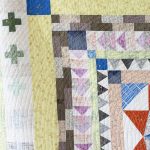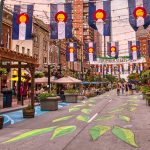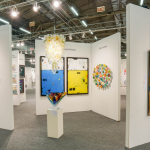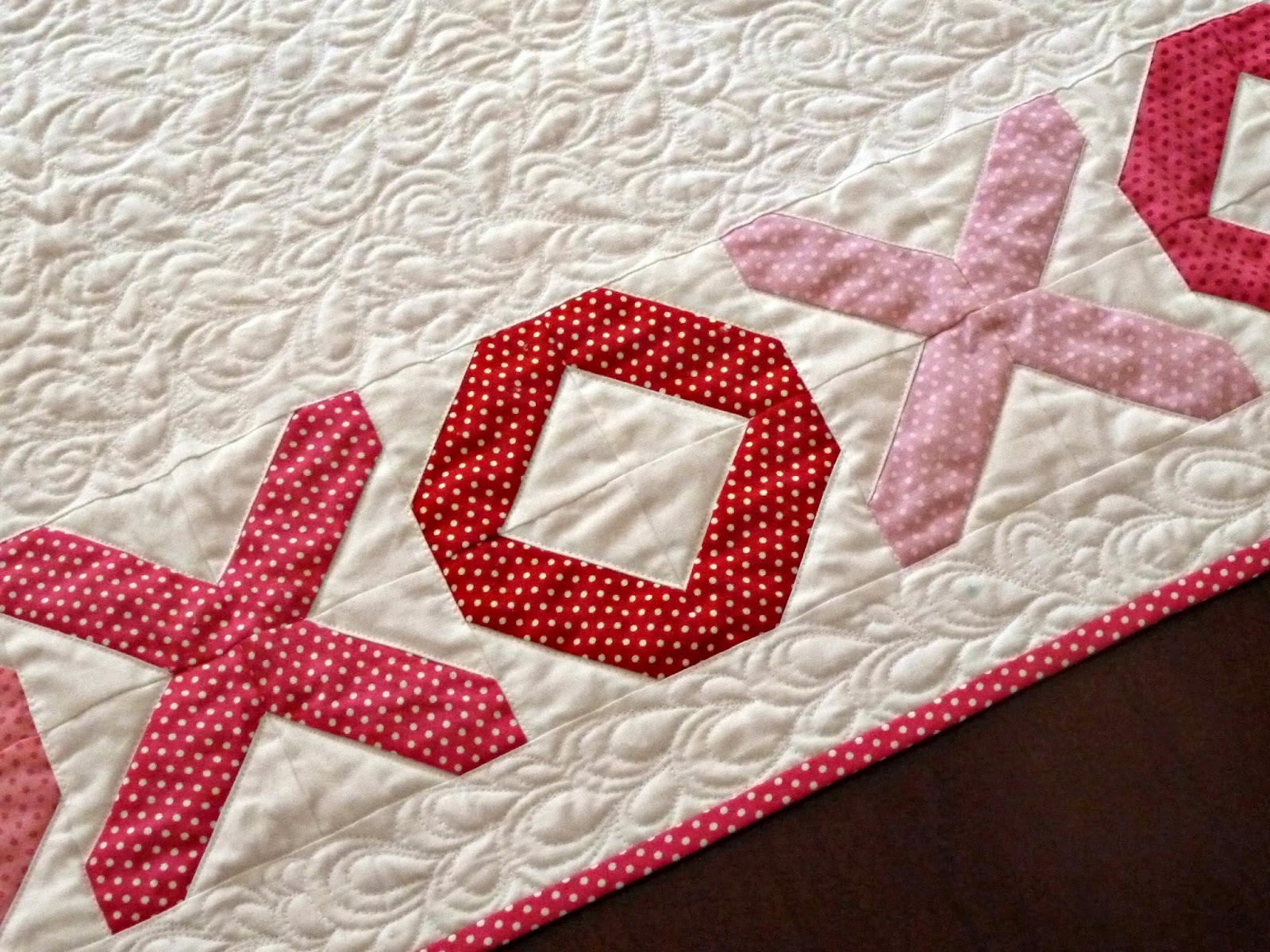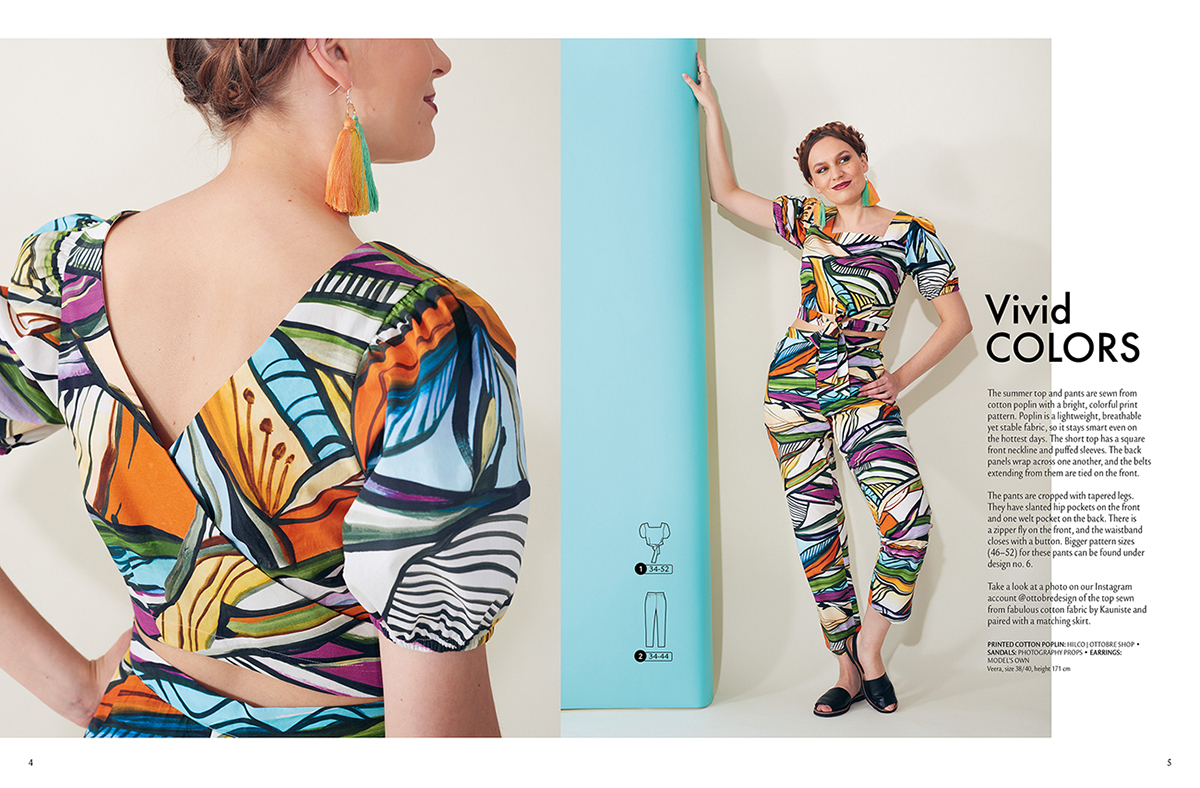There are many types of art shows available for the public to attend. These events are categorized according to cost, location, and judging process. Juried shows cost more money and are typically more sought after. However, they can be a fun way to show your work. Read on to learn more about these events.
Juried
Getting accepted into juried art shows is one of the best ways to display your work and gain exposure to potential collectors and buyers. However, preparing for these exhibitions can be a lengthy process, and many artists fail to qualify for them. Therefore, it is vital for artists to make it a habit to enter juried shows.
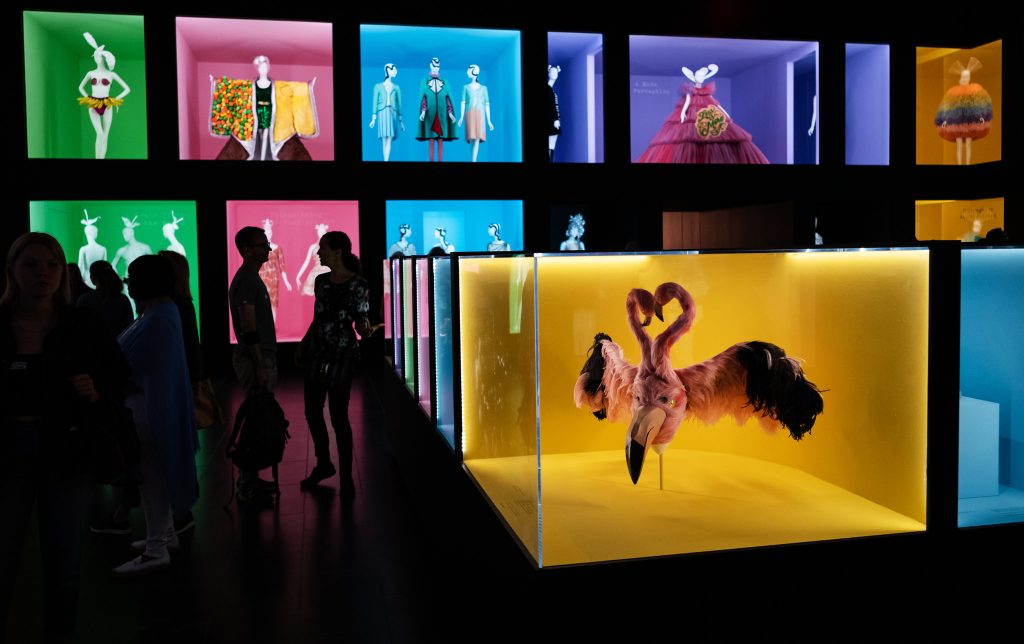
Juried shows are judged by independent jurors from all over the world. Each of them looks at up to five images from each artist and looks at a booth shot. Then they make their final selections and award winners. In some cases, the jurors may spend a few days deciding which of the many entries should go on to the next round. The jurors are compensated with an honoraria of a few hundred dollars.
In order to make a successful entry, artists must first prepare a good description of their work. While many artists struggle with this aspect, it is vitally important to write a well-written description of their work. Professionals write exhibition catalogues and exhibition brochures, so they know how to write a good description. The description should include dimensions, medium, and unique aspects of the artwork.
Costs
The costs of exhibiting at art shows vary significantly, depending on the venue. While large institutions often charge a higher TAOE than smaller institutions, artists and galleries can often negotiate lower costs. Entry fees for small shows typically range from a few hundred dollars to three hundred dollars per square meter. In addition, artist-focused exhibitions are generally self-financed and thus have lower booth costs.
When starting out, it is important to earn as much as possible. A small profit can help you grow and take on more opportunities. Keep in mind, however, that these profits do not include expenses associated with making the artwork, such as rental equipment, travel expenses, insurance, shipping, and any other costs associated with producing art. These costs are primarily a compensation for the artist’s time and effort.

If you’re applying for a show, you’ll need to pay an application fee, which may range from $35 to $50. Other expenses may include additional materials needed for installation. Some museums and libraries have installation equipment on hand, while others require additional materials to display the work. For example, a professional backdrop can cost about $135.

